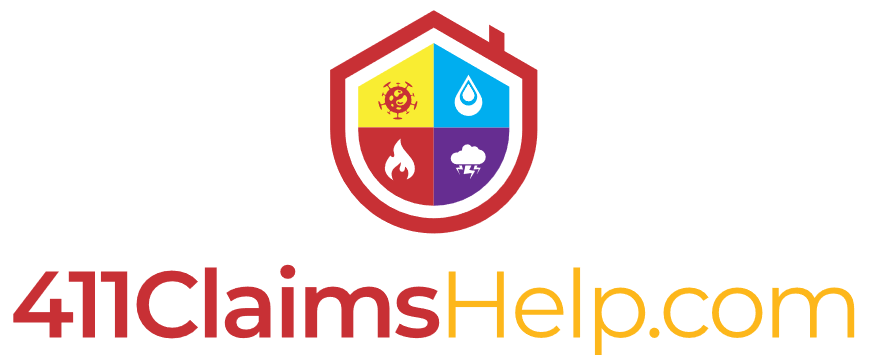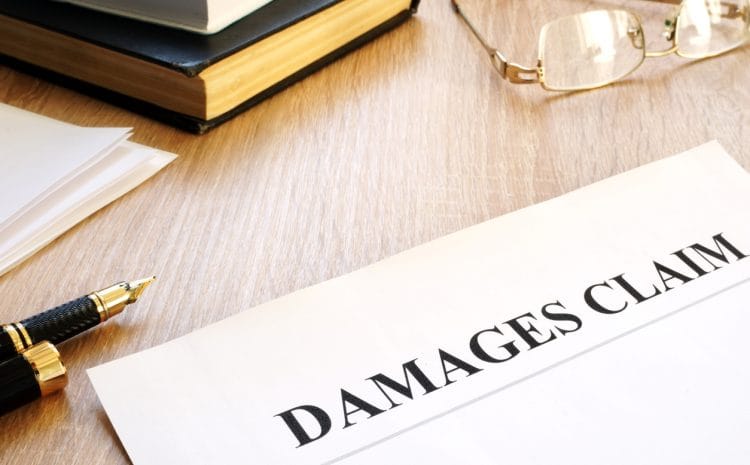What Does a Mitigation Company Do

When your home or business suffers from water, fire, or mold damage, the first step toward recovery isn’t rebuilding—it’s mitigation. But what does a mitigation company do exactly? In simple terms, mitigation companies focus on reducing the severity of damage immediately after a disaster to prevent further loss. Whether caused by a burst pipe, hurricane, or fire, these professionals specialize in stabilizing your property, salvaging what’s left, and preparing the site for restoration. In this article, we’ll break down their core services, why timing is critical, and how to choose the right mitigation company for your situation.
Understanding What a Mitigation Company Does
Mitigation companies act as the first responders after property damage. Their role begins immediately following a loss, often before insurance adjusters or contractors arrive. The main goal is to prevent the damage from spreading or worsening.
H3: Key objectives of mitigation companies
- Stop further damage – For example, drying out water-soaked areas to prevent mold or corrosion.
- Secure the property – Boarding up windows, tarping roofs, and addressing safety hazards.
- Preserve salvageable materials – Removing and cleaning items that can be restored.
- Document the damage – Detailed reports and photos for insurance purposes.
The faster mitigation begins, the better your chances of saving property and reducing repair costs.
Reference: Ready.gov – Property Damage & Recovery Steps
Services Typically Provided by a Mitigation Company
Mitigation companies offer a wide range of emergency services that vary based on the type and extent of damage. Below are the most common ones.
H3: Water Damage Mitigation
This is one of the most frequent calls mitigation companies receive. It involves:
- Extracting standing water using industrial pumps.
- Dehumidifying and drying affected areas.
- Removing wet drywall, flooring, and insulation.
- Treating surfaces to prevent mold growth.
Time is crucial. Mold can start developing within 24–48 hours after water exposure.
H3: Fire and Smoke Damage Mitigation
After a fire, mitigation specialists secure the site and reduce smoke and soot contamination by:
- Boarding up exposed areas.
- Using HEPA filters and air scrubbers to remove odors and toxins.
- Cleaning soot from walls, ceilings, and belongings.
- Preventing corrosion on metal surfaces caused by smoke residue.
H3: Mold Remediation and Prevention
Mitigation experts assess the extent of mold damage and contain it to stop spores from spreading. Services include:
- Air quality testing and containment setup.
- Removal of affected materials.
- Antimicrobial treatments and dehumidification.
H3: Storm and Wind Damage Mitigation
For properties hit by hurricanes or strong winds, mitigation teams:
- Tarp or board up roofs and windows.
- Remove debris or fallen trees.
- Address flooding caused by storm runoff.
Source: U.S. Environmental Protection Agency – Mold Cleanup Guidance
The Difference Between Mitigation and Restoration
Although the terms are often used interchangeably, mitigation and restoration are distinct phases in the damage recovery process.
H3: Mitigation comes first
Mitigation focuses on stopping further damage immediately after a disaster. Think of it as the emergency room for your property. The goal is stabilization—preventing small problems from turning into major ones.
H3: Restoration follows
Restoration comes after mitigation and involves repairing or replacing damaged structures and contents to return your property to pre-loss condition. This may include construction, repainting, flooring replacement, and more.
In short: Mitigation saves; restoration rebuilds.
Why Hiring a Mitigation Company Quickly Matters
Timing is everything when it comes to property damage. The longer you wait, the more costly and complex repairs become.
H3: Here’s why speed is crucial:
- Prevents secondary damage: Quick response minimizes mold growth, structural weakening, and odor spread.
- Reduces insurance complications: Timely action demonstrates due diligence and supports your claim.
- Lowers repair costs: Containing the problem early can cut restoration expenses by thousands of dollars.
- Protects your health: Prompt water or smoke removal reduces exposure to harmful bacteria, toxins, and mold spores.
Many mitigation companies offer 24/7 emergency services for precisely this reason—every hour counts.
How to Choose the Right Mitigation Company
Not all companies are created equal. When selecting one, prioritize reliability, expertise, and transparency.
H3: What to look for in a mitigation provider:
- Certification: Look for companies certified by the IICRC (Institute of Inspection, Cleaning and Restoration Certification).
- Experience: Choose professionals experienced in handling your specific type of loss (water, fire, or mold).
- Insurance coordination: A good mitigation company will work directly with your insurer to simplify the claim process.
- Availability: Emergencies don’t wait—24/7 availability is non-negotiable.
- Local reputation: Check online reviews and ask for references to verify service quality.
A reputable company should provide clear estimates, transparent communication, and before-and-after documentation.
FAQ: What Does a Mitigation Company Do
What is the main purpose of a mitigation company?
Answer: Their primary goal is to limit the extent of property damage immediately after a disaster and prepare the property for restoration.
How fast should I call a mitigation company after damage?
Answer: Ideally within 24 hours. The sooner they respond, the better they can prevent further damage and reduce total repair costs.
Does my insurance cover mitigation services?
Answer: Most homeowners and commercial property insurance policies include mitigation costs as part of covered losses, provided the event is included in your policy.
Is mitigation the same as cleanup?
Answer: Not exactly. Cleanup is part of mitigation, but mitigation also includes structural drying, containment, and preventing future damage.
Can I choose my own mitigation company?
Answer: Yes. You are not obligated to use the one recommended by your insurer. Always research and select a company you trust.
How long does mitigation take?
Answer: It depends on the damage type and severity. Minor water damage may take a few days, while larger fire or mold projects can take weeks.
Final Thoughts
Understanding what a mitigation company does helps homeowners and business owners act quickly after property damage. Mitigation professionals are the first line of defense, minimizing loss, protecting your assets, and setting the stage for complete restoration. Acting fast not only saves money but also ensures your property and health are safeguarded against long-term risks.
Need Expert Help with Mitigation Services?
For trusted, fast, and professional help, visit property-mitigation in FL. Our experts work with homeowners and businesses to manage every stage of mitigation and restoration—so you can recover faster and with peace of mind.



